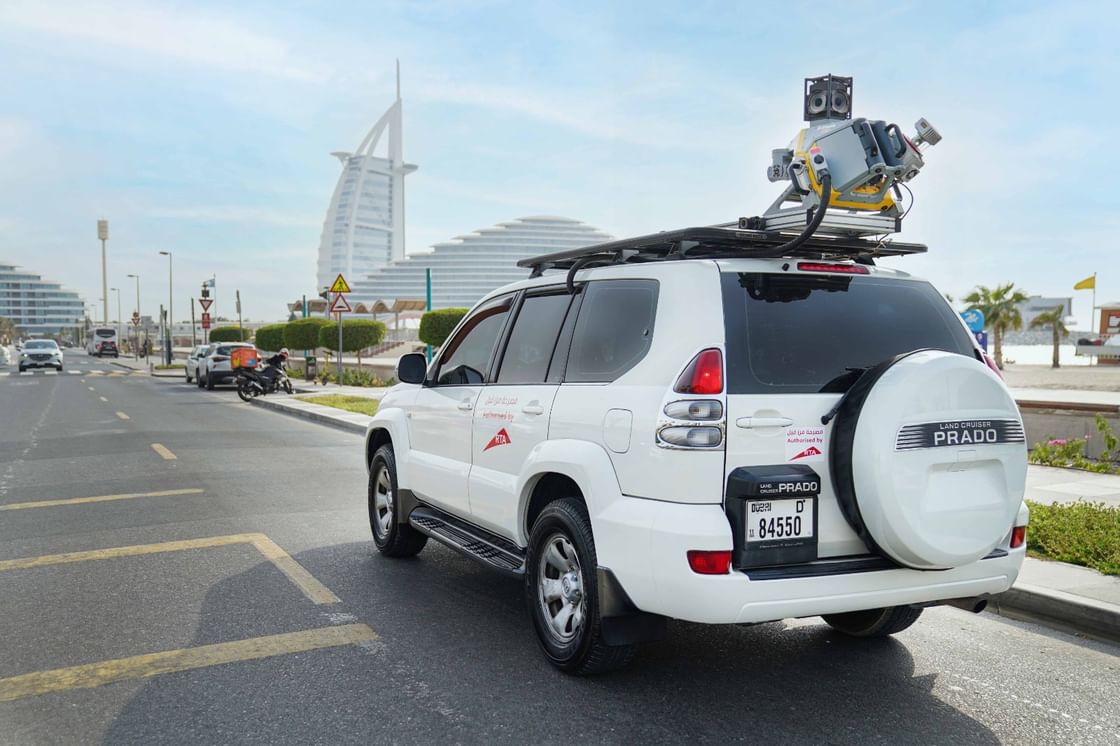Dubai’s Roads and Transport Authority (RTA) has adopted state-of-the-art LiDAR (Light Detection and Ranging) technology as part of its strategy to modernize the assessment of road assets and enhance the precision of data feeding into digital twin platforms. This move marks a significant step in RTA’s commitment to integrating smart technologies for more efficient and sustainable infrastructure management.
The initiative plays a pivotal role in developing advanced maintenance strategies—preventive, predictive, and proactive—underscoring RTA’s focus on boosting the sustainability of its road network and enhancing overall traffic safety across the Emirate.
Hussain Al Banna, CEO of the Traffic and Roads Agency at RTA, highlighted the impact of the new technology, stating, “LiDAR technology delivers a remarkable boost in performance and speed, delivering up to 300% compared to traditional visual inspections. Such advancement reflects RTA’s dedication to accelerating digital transformation and leveraging cutting-edge technologies to enhance the quality of Dubai’s road infrastructure while safeguarding its efficiency, resilience, and long-term sustainability. The initiative aligns with the leadership’s vision of positioning Dubai as a smart and sustainable city worldwide.”
He emphasized the precision and efficiency LiDAR brings to infrastructure assessments. “LiDAR offers superior accuracy and speed in evaluating the condition of road assets, delivering up to 95% accuracy compared to conventional methods. As such, it contributes to enhancing data quality and facilitates more informed and efficient maintenance decision-making. The technology also allows for the safe and efficient inspection of elevated assets along highways and major roads, such as lighting poles, traffic signals, and road signs, thereby boosting road safety and reducing the risks associated with manual inspections.”
According to Al Banna, the system’s capabilities allow for rapid and extensive assessments. “LiDAR enables the daily assessment of up to 80 km of roads, representing a 96% improvement over traditional methods, which typically cover only 3 km. This capability ensures continuous monitoring of asset conditions and regular updates to data records. Assessments can be carried out while in motion at speeds ranging from 30 to 100 km/h, without disrupting traffic flow. With a sensing range of up to 80 metres, the technology also enables comprehensive coverage of various road assets,” he explained.
In conclusion, Al Banna emphasized the strategic value of LiDAR in long-term infrastructure planning and maintenance. “This advanced technology delivers highly accurate data and detailed analysis of asset conditions, supporting the long-term sustainability of the Assets Condition Index (ACI). It facilitates precise scheduling of maintenance activities, particularly predictive maintenance, and helps prioritise interventions based on clearly defined and planned strategic criteria. Ultimately, such an approach reinforces the sustainability and operational efficiency of Dubai’s road infrastructure.






